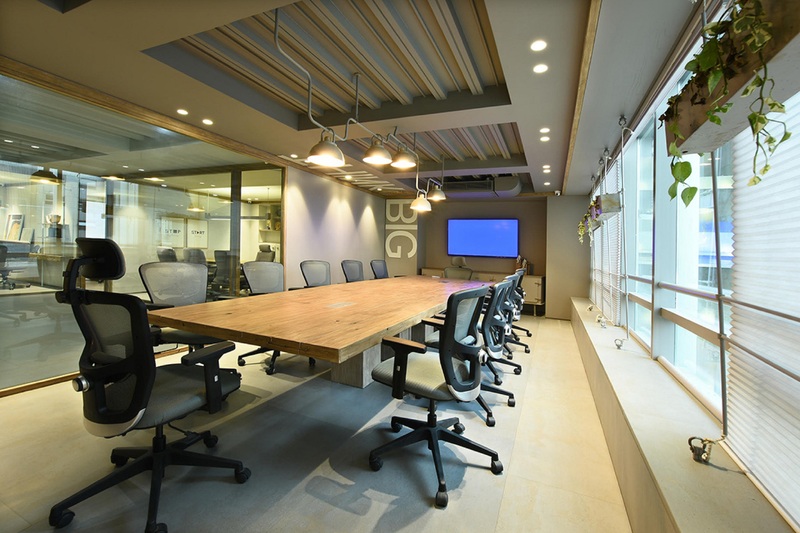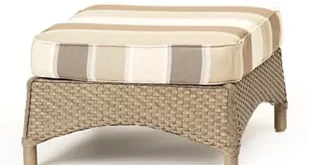In an era where sustainability is at the forefront of design considerations, using eco-friendly materials in office chair construction has become crucial to creating responsible and environmentally conscious workspaces. As businesses and individuals increasingly recognize the importance of minimizing their ecological footprint, exploring sustainable materials in producing office chairs contributes to a healthier planet and aligns with the evolving expectations of socially responsible consumers.

Bamboo: A Rapidly Renewable Resource:
Bamboo has emerged as a popular choice for eco-friendly office chair construction. As a rapidly renewable resource, bamboo grows significantly faster than traditional hardwoods. Its quick regrowth and minimal environmental impact make it an excellent alternative to wood in chair frames and components. Bamboo’s strength and flexibility also contribute to durable and resilient chair designs, ensuring longevity and reducing the need for frequent replacements.
Recycled Steel: Minimizing Environmental Impact:
Using recycled steel in office chair construction addresses the environmental challenges of mining and processing new metals. By repurposing steel from post-consumer or industrial sources, manufacturers contribute to reducing energy consumption and greenhouse gas emissions. Chairs with frames made from recycled steel embody a commitment to resource conservation and the circular economy, aligning with sustainability principles.
Recycled Plastic: Closing the Loop:
Recycled plastic is another eco-friendly material gaining prominence in the construction of office chairs. Chairs made from recycled plastic help divert plastic waste from landfills and oceans, contributing to the circular economy. Additionally, the manufacturing process for recycled plastic requires less energy than virgin plastic, further minimizing the environmental impact. These chairs showcase innovation in sustainable design and offer a solution to the growing challenge of plastic pollution.
Upcycled or Reclaimed Wood: Harnessing the Beauty of Aging Timber:
Using upcycled or reclaimed wood in office chair construction provides a sustainable alternative to newly harvested timber. This approach involves repurposing wood from old furniture, barns, or other structures, giving new life to aging materials. Upcycled wood retains its natural character, showcasing the unique patina and history of the timber. By opting for chairs constructed from upcycled wood, consumers contribute to preserving forests and promoting a circular approach to resource utilization.
Recycled Fabric Upholstery: Reducing Textile Waste:
The upholstery of office chairs presents an opportunity to incorporate sustainable materials, mainly recycled fabrics. Manufacturers increasingly use textiles made from recycled materials, such as post-consumer PET bottles or discarded textiles. Choosing chairs with recycled fabric upholstery not only diverts textile waste from landfills but also reduces the demand for new raw materials, making it a win-win for both environmental conservation and sustainable design.
Cork: A Renewable and Versatile Material:
Cork, derived from the bark of cork oak trees, is a renewable and versatile material gaining popularity in sustainable office chair construction. The harvesting process of cork is sustainable, as it involves stripping the bark without harming the tree, which then regenerates. Cork is lightweight, durable, and possesses natural antimicrobial properties, making it an ideal choice for various chair components. Its unique texture and aesthetic appeal add a touch of natural elegance to eco-friendly office chairs.
Wool: Natural, Biodegradable, and Renewable:
Wool is a natural fiber that embodies sustainability in office chair upholstery. Sourced from sheep, wool is renewable and biodegradable, ensuring minimal environmental impact throughout its lifecycle. Wool upholstery provides breathability, temperature regulation, and moisture-wicking properties, enhancing the comfort of office chairs while maintaining a commitment to eco-friendly practices.
Natural Latex Foam: A Plant-Based Alternative:
In the realm of cushioning and padding, natural latex foam offers a plant-based alternative to traditional petroleum-based foams. Natural latex is derived, and honest is a renewable resource derived from rubber tree sap. It provides comfort and support comparable to synthetic foams but with the benefit of being biodegradable. Chairs featuring natural latex foam contribute to a reduced reliance on fossil fuels and promote a more sustainable approach to comfort in office furniture.
Conclusion:
Exploring eco-friendly materials in office chair construction represents a significant step towards creating sustainable and responsible workspaces. As businesses and consumers prioritize environmental considerations, the demand for office chairs made from recycled, upcycled, and renewable materials continues growing. By choosing chairs constructed with sustainability in mind, individuals contribute to the conservation of natural resources, the reduction of waste, and the overall well-being of the planet. In the quest for a greener future, integrating eco-friendly materials in office chairs is not merely a trend but a fundamental shift towards a more sustainable and mindful approach to office furniture design.
 World inside pictures Collect and share the best ideas that make our life easier
World inside pictures Collect and share the best ideas that make our life easier








